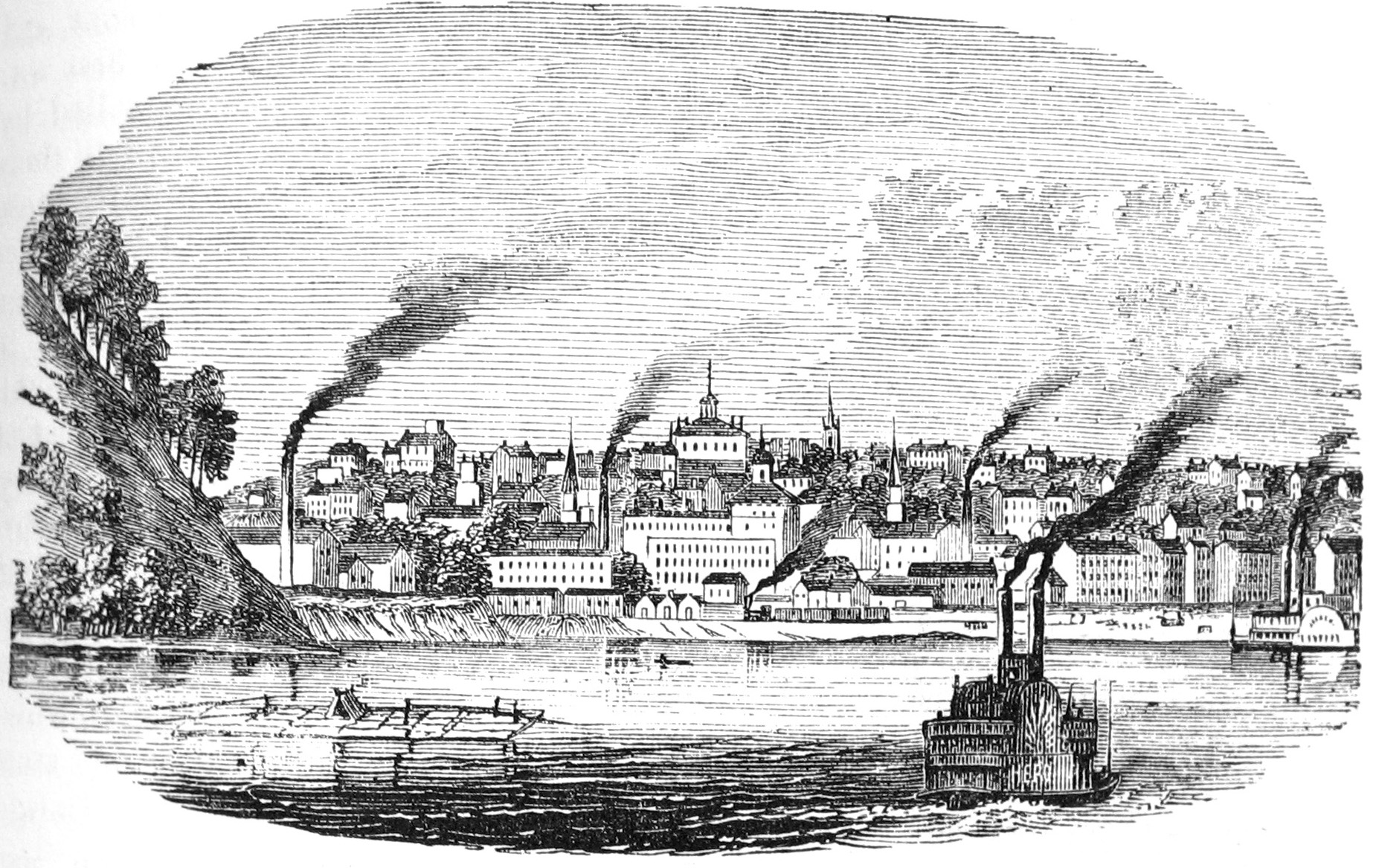|
Bob Watts
Robert Marshall Watts (1923–1988) was an American artist best known for his work as a member of the international group of artists Fluxus. Born in Burlington, Iowa June 14, 1923, he became Professor of Art at Douglass College, Rutgers University, New Jersey in 1953, a post he kept until 1984. In the 1950s, he was in close contact with other teachers at Rutgers including Allan Kaprow, Geoffrey Hendricks and Roy Lichtenstein. This has led some critics to claim that pop art and conceptual art began at Rutgers. He organised the proto-fluxus ''Yam Festival'', May 1963 with George Brecht, and was one of the main protagonists, along with George Maciunas, in turning SoHo, New York, into an artist's quarter. He died September 2, 1988, of lung cancer in Martins Creek, Pennsylvania. He was also known as Doctor Bob. Early life Watts attended the duPont Manual High School in Louisville and earned a degree in mechanical engineering at the University of Louisville in 1944. He joined the U ... [...More Info...] [...Related Items...] OR: [Wikipedia] [Google] [Baidu] |
Burlington, Iowa
Burlington is a city in, and the county seat of, Des Moines County, Iowa, United States. The population was 23,982 in the 2020 United States census, 2020 census, a decline from the 26,839 population in 2000 United States Census, 2000. Burlington is the center of a Burlington micropolitan area, micropolitan area, which includes West Burlington, Iowa, West Burlington and Middletown, Iowa, and Gulfport, Illinois. Burlington is the home of Snake Alley (Burlington, Iowa), Snake Alley, the most crooked street in the world. History Prior to European settlement, the area was neutral territory for the Sauk people, Sauk and Meskwaki peoples, who called it Shoquoquon (''Shok-ko-kon''), meaning Flint Hills. In 1803, President Thomas Jefferson organized two parties of explorers to map the Louisiana Purchase. The Lewis and Clark Expedition followed the Missouri River, while Zebulon Pike, Lt. Zebulon Pike followed the Mississippi River. In 1805, Pike landed at the bluffs below Burlington and ... [...More Info...] [...Related Items...] OR: [Wikipedia] [Google] [Baidu] |
Leo Castelli
Leo Castelli ( Krausz; September 4, 1907 – August 21, 1999) was an Italian-American art dealer who originated the contemporary art gallery system. His gallery showcased contemporary art for five decades. Among the movements which Castelli showed were Surrealism, abstract expressionism, Neo-Dada, pop art, op art, color field painting, hard-edge painting, lyrical abstraction, minimalism, conceptual art, and neo-expressionism. Early life and career Leo Castelli was born Leo Krausz,Dwight Garner (May 18, 2010)A Smooth Operator, at the Vanguard of the Gallery World in the 1960s''New York Times''. in Trieste, Austria-Hungary, the second of three children of Italian and Austro-Hungarian Jewish origin. Peter Schjeldahl (June 7, 2010)Leo the Lion – How the Castelli gallery changed the art world''The New Yorker''. His father was Ernest Krauss, a Hungarian by birth, who had gone to Trieste as a young man and married wealthy heiress Bianca Castelli,Myrna Oliver (August 24, 1999 ... [...More Info...] [...Related Items...] OR: [Wikipedia] [Google] [Baidu] |
Tom Wesselmann
Thomas K. Wesselmann (February 23, 1931 – December 17, 2004) was an American artist associated with the Pop Art movement who worked in painting, collage and sculpture. Early years Wesselmann was born in Cincinnati. From 1949 to 1951 he attended college in Ohio; first at Hiram College, and then transferred to major in psychology at the University of Cincinnati. He was drafted into the US Army in 1952, but spent his service years stateside. During that time he made his first cartoons, and became interested in pursuing a career in cartooning. After his discharge he completed his psychology degree in 1954, whereupon he began to study drawing at the Art Academy of Cincinnati. He achieved some initial success when he sold his first cartoon strips to the magazines ''1000 Jokes'' and ''True.'' Cooper Union accepted him in 1956, and he continued his studies in New York. During a visit to the MoMA he was inspired by the Robert Motherwell painting ''Elegy to the Spanish Republic'': “ ... [...More Info...] [...Related Items...] OR: [Wikipedia] [Google] [Baidu] |
